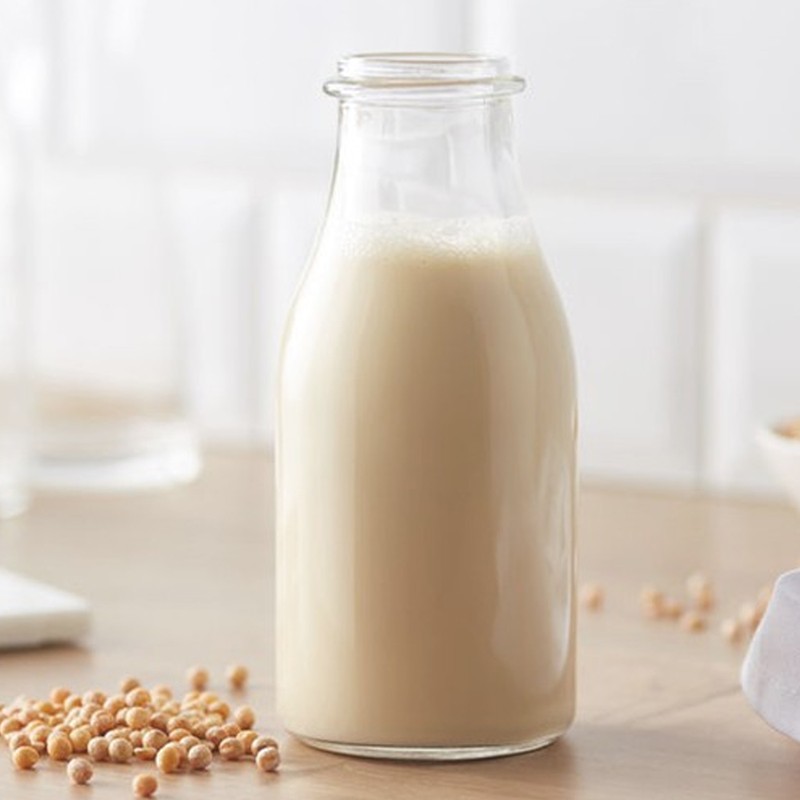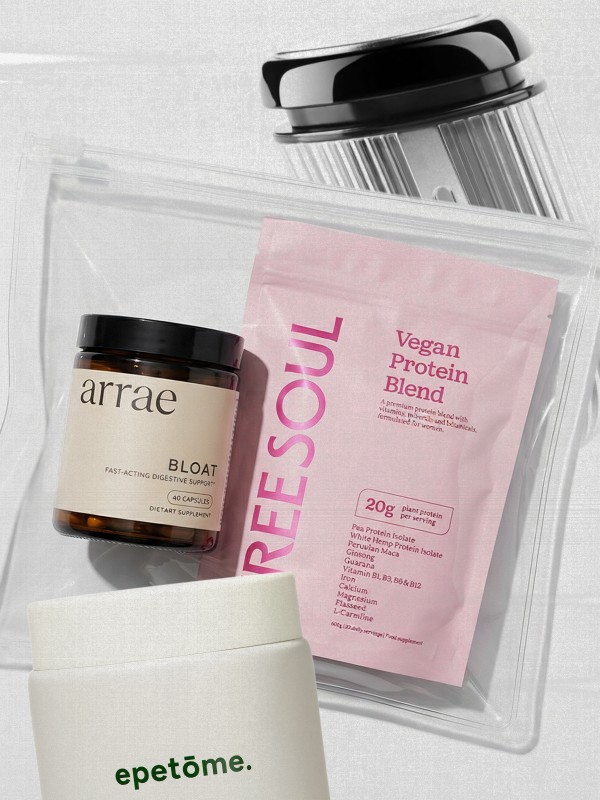The Pros & Cons Of Soy Milk
THE GOOD:
Soy Has Been Used For Centuries In Asia
The soybean is actually a type of legume native to east Asia, where it has been cultivated for over 13,000 years. A staple crop in the area, it’s a cheap source of protein for animal feed and family meals. But the locals don’t go for any of this ‘packaged’ nonsense – they believe in the fresher the better, and many grow it themselves.
As Taiwanese-American writer Clarissa Wei explains, cow’s milk is a relatively new addition to the diet of many Asians, as many are lactose intolerant. Unsweetened soy milk is a breakfast drink enjoyed nationwide, while hot, salty soy milk soup is enjoyed with spring onions and soy sauce.
It Has Multiple Health Benefits
Many consider the main benefit of soy milk is that it’s a good alternative for those who have an allergy or sensitivity to cow’s milk. Plus, it’s a high-quality source of protein – unlike most plant-based proteins, soy contains all eight amino acids, which your body turns into new proteins and antibodies that are essential for immune system function.
Studies have also shown that soy could play a role in our overall wellbeing by helping to ward off certain health issues. Soy milk contains isoflavones, which are said to be crucial in preventing certain types of cancer. The protein in soy milk has also proved to be beneficial in reducing the risk of heart attacks, strokes and cardiovascular diseases by around 20%. And cow’s milk devotees might not believe there’s a better source of calcium, but a cup of unsweetened soy milk contributes to around 30% of your recommended daily calcium intake.
It’s Easy To Make At Home
If you want to do it like the locals do, you can make your own soy milk at home, which is a great way to get a purer form of soy milk that evades certain additives added by some major brands. If you’re serious about your soy milk, you can splash out on a soup maker, but it’s just as easy to make without one. All you’ll need is a cup of dried soy beans and some water: puree the beans with the water to make a base, strain out the pulp, and boil the remaining mixture to get the milk. And if you’re not keen on unsweetened, you can add anything you like to your milk, from vanilla extract to honey, to better suit your palette.
And if you’re thinking about throwing away that leftover pulp, don’t: commonly known as okara, which you can dry and grind to make a wheat flour substitute that’s packed with fibre and protein.
THE BAD:
It Has Been Linked To Breast Cancer
Not all press for soy milk has been good. Soy’s connections to breast cancer come down to those isoflavones that help fight against prostate cancer – they have been said to mimic oestrogen, a hormone which can promote the stimulate and spread breast cancer. There is a concern that eating too much soy could speed up the process and development of breast cancer.
But this has not been proven definitively. In 2017, a study involving over 6,000 breast cancer survivors seemed to suggest those who consumed more soy after their diagnosis lived longer lives.
Its Popularity Has Had A Significant Impact On The Environment
Despite the fact that many likely swap from cow’s milk to soy as advocates for animal rights, soy producers aren’t exactly an innocent party. The majority of soybeans, particularly in America, are genetically modified to include a gene that combats herbicides. Furthermore, many farmers in South America who are meeting our global demand for soy have been blamed for causing lasting damage to the Amazon rainforest.
It’s Possible To Be Allergic To Soy
Although soy milk is big with those who have lactose intolerances, an allergy to soy is also quite common. This often starts in infancy with a reaction to soy-based formulas, and while some outgrow this, others carry it through to adulthood, with symptoms including itching in and around the mouth, hives and, in rare cases, anaphylaxis.
DISCLAIMER: We endeavour to always credit the correct original source of every image we use. If you think a credit may be incorrect, please contact us at info@sheerluxe.com.






